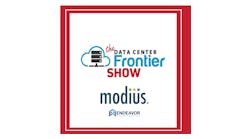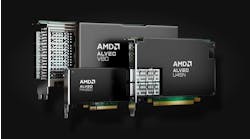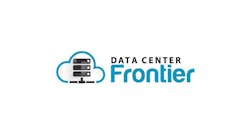The Silicon Forest: Unparalleled Connectivity in Hillsboro, Oregon
In this edition of Voices of the Industry, Ryan Mallory, COO of Colocation Services at Flexential explains why Hillsboro, Oregon is a hot spot for data centers.
Ryan Mallory, COO of Colocation Services, Flexential. (Source: Flexential)
Hillsboro, Oregon, a western suburb of Portland, is known as the Silicon Forest because of the many high technology companies located there. Sitting in the middle of two of the biggest tech hubs in the U.S.—the Bay Area and Seattle—it is an attractive location for all-sized businesses. However, for businesses looking to enrich the data center experience, the advantages of this area extend beyond its location.
Tax Advantages
Both the state of Oregon and the city of Hillsboro extend generous tax incentives, tax credits and abatement programs—including no state sales tax—to encourage businesses to locate and grow there. These programs help companies that deploy equipment within the state to achieve about a 10% cost savings over California.
Subsea Cable Connections Enable Global Reach
The global economy and society are brought closer together through advances in technology—technology that must be delivered through subsea cables. With more than three billion people—roughly half of the world’s population—in emerging world markets, there is a high demand for this connectivity. The e-commerce and finance industries are also highly dependent on these cables, making them even more critical to a global economy. To put things in perspective, $10 trillion of daily transactions take place across the subsea cables of the world.
Hillsboro boasts a lot of fiber connectivity, including subsea fiber cables that go to Asia and the South Pacific. This transpacific cable network provides faster data connections and expanded network access to meet the growing demand for low-latency connectivity overseas. This makes Hillsboro one of the fastest growing data center markets in North America and a prime geographic gateway to cultivate business relationships with Asia Pacific counterparts.
Data Center Hot Spot
Offering proximity to subsea cables to Asia, available land and power with reasonable costs for data centers, Hillsboro is a prime location for enterprises to locate their IT infrastructure. Hillsboro is closer to the cable landings than downtown Portland and it is easier to build data centers there. In recent years, demand for interconnection has moved closer to the subsea cable landings in Oregon, in part because the subsea cables increasingly are owned by firms such as Amazon, Facebook, Google and Microsoft rather than the telecom consortia of the past. These firms and other IT platforms have chosen to place workloads close to the cable terminations to avoid some of the transit costs they would otherwise pay to telecom providers.
Low-latency Connectivity to Hyperscalers and the Bay Area
Hillsboro also enables low-latency access to hyperscalers, such as Google, Amazon and Microsoft. For companies based in the Bay Area, Hillsboro is just 700 miles away, offering these businesses roundtrip latency of only 15 milliseconds. While Portland is close enough to California to not have latency problems, it is far enough away to be a great place for a disaster recovery (DR) site.
Ryan Mallory is COO of Colocation Services for Flexential. Flexential has a 20-year presence in the Hillsboro area, with its third data center—Portland – Hillsboro 3, a 358,000 square-foot facility with 36 megawatts (MW) of critical power capacity and direct connection transpacific subsea cables—opening this fall. Flexential’s Portland – Hillsboro 2 data center offers Tier III certification by the Uptime Institute and is the Network Access Point (NAP) of the Northwest as well as the U.S. point of presence for the New Cross Pacific and Hawaiki transpacific subsea cables.






